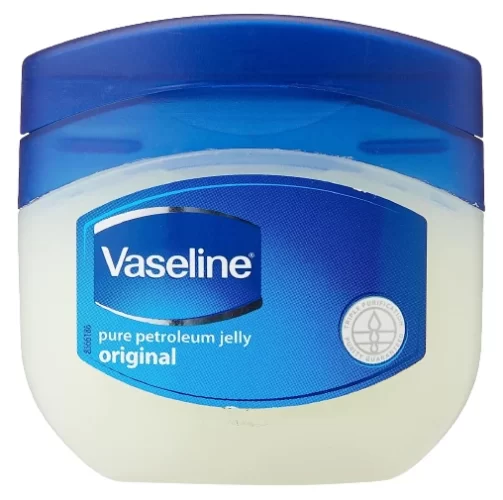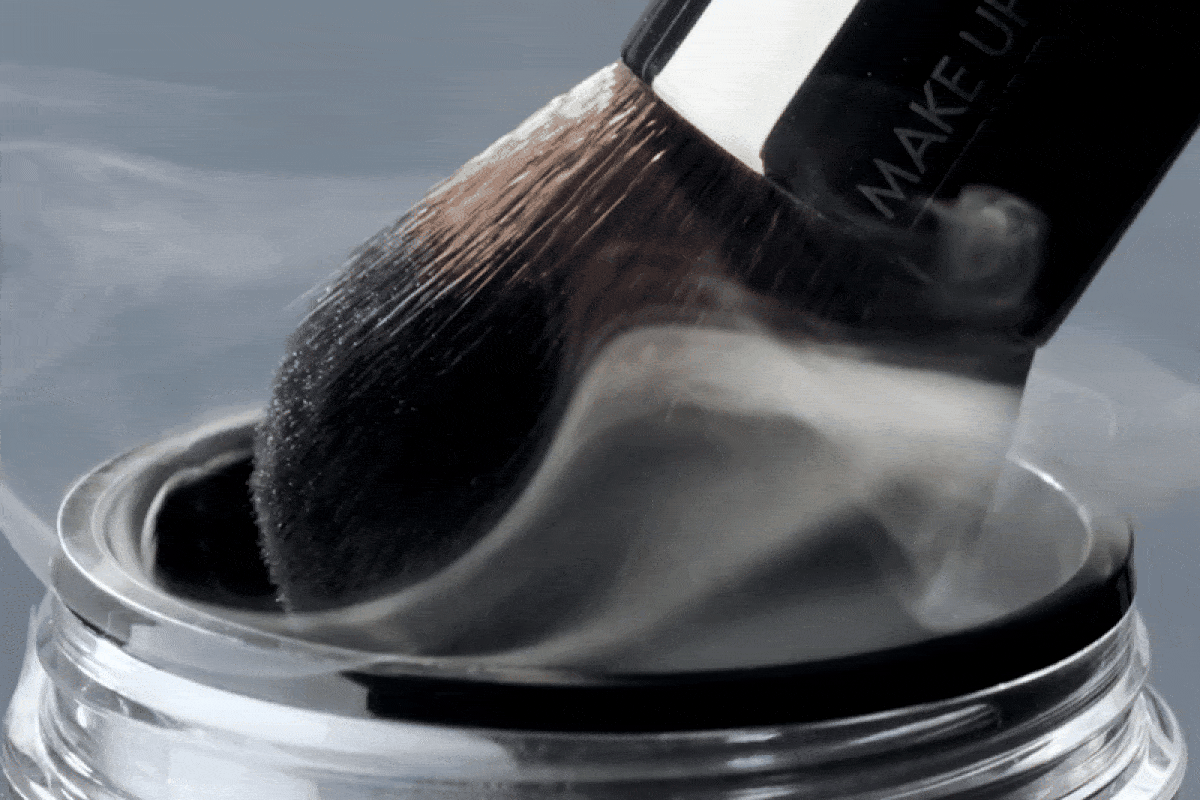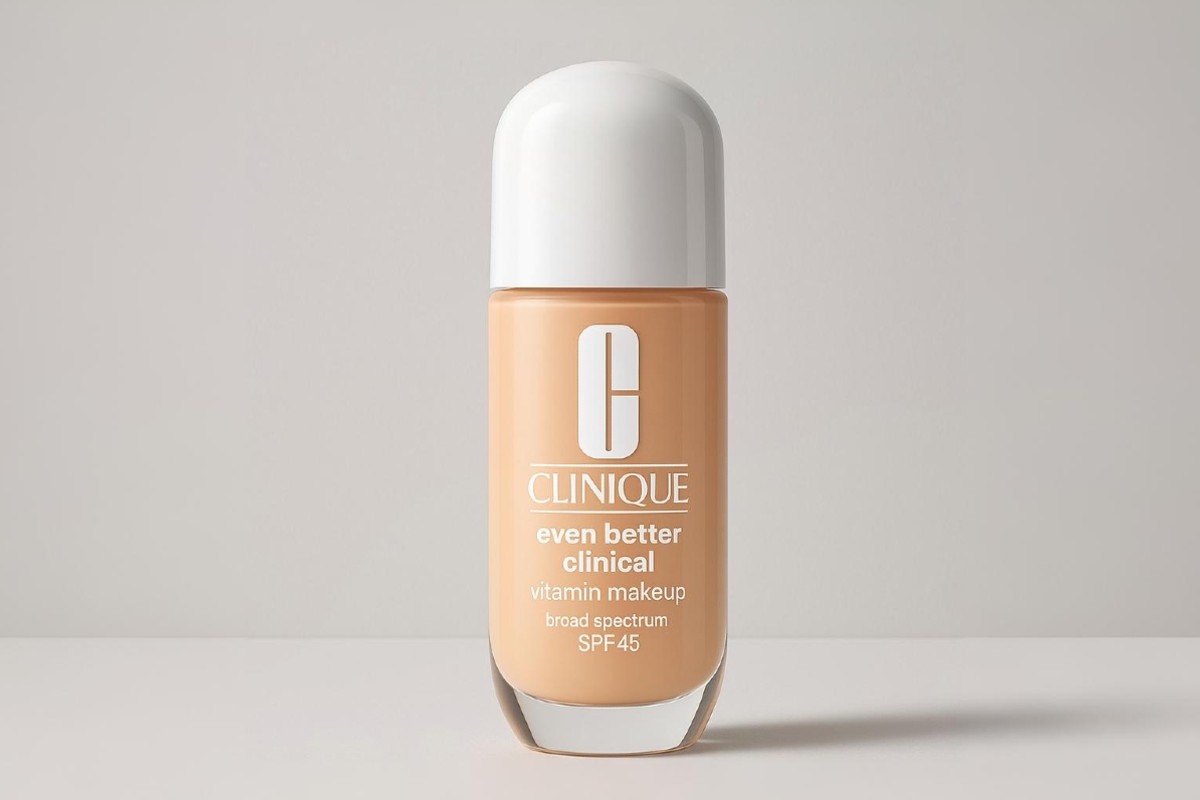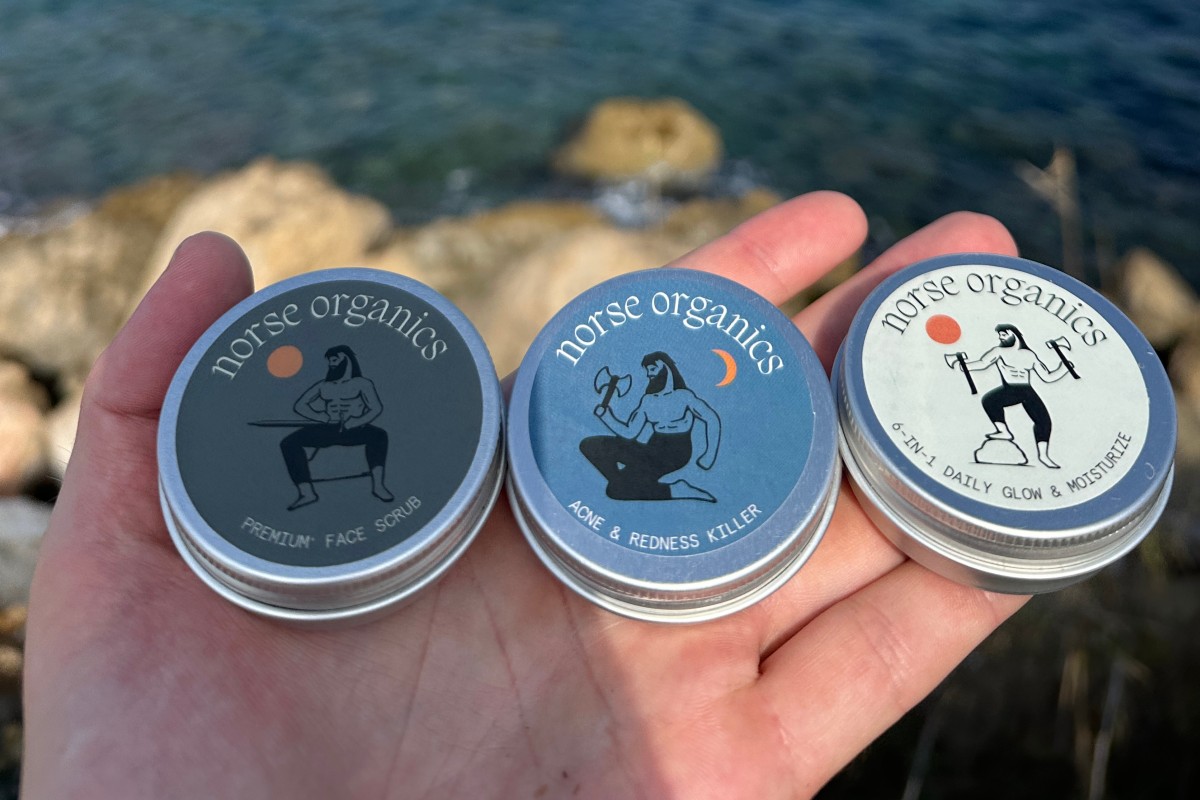Before hunting for the best occlusive moisturizer, there are a few things you should consider. Occlusives are moisture sealers, and it might seem like everybody can use them. But is that right?
Indeed, moisturizer is non-negotiable no matter the skin type or time of the day. The skin needs moisture to function optimally, keep the protective barrier integer, and stay healthy and dewy. But with so many formulas out there, it’s challenging to make the right pick for you. While some products pull water from the air and bind it to the skin (humectants), others fill cracked spaces between cells with fatty substances (emollients). The third category, occlusives, includes moisturizers that form a barrier that traps water in the skin, preventing transepidermal water loss (TEWL).
Knowing when, how and in what circumstances to use the different types of moisturizers is the key to resilient skin. That’s why today’s focus stays on the best occlusives and whether or not you should use one.
- SkinCeuticals Hydra Balm
- Elta MD Intense Moisturizer
- Paula's Choice Calm Restoring Moisturizer
- CeraVe Healing Ointment
- Josie Maran Whipped Argan Oil Face Butter
- Biossance Squalane + Probiotic Gel Moisturizer
- L'Occitane Ultra-Rich Comforting Cream
- Farmacy Honey Halo Moisturizer
- Uriage Thermal Water Rich Water Cream
- Vaseline Pure Petroleum Jelly
What is an occlusive moisturizer?
Occlusive moisturizers are mostly made with oils, fats, and waxes that coat the skin surface with a protective film to trap moisture and physically block water loss. Not only do they seal water in, but they also have a role in smoothing and softening the complexion. On top of that, most occlusive moisturizers include ingredients meant to mimic the skin’s natural lipid barrier, repairing and protecting the skin from external aggressors like pollution, wind, and other irritants.
Which are the best occlusive moisturizers?
The best occlusive moisturizers include petroleum jelly, dimethicone, castor and jojoba oils, shea and cocoa butter, waxes, and squalane. They all work by forming a protective layer on the skin’s surface to prevent moisture loss.
Who can use occlusive moisturizers?
The key to settling on the right moisturizer starts with understanding what your skin needs in the first place. While humectants work best for oily, acne-prone, and mature types, emollients for damaged, cracked skin, occlusives do best for people with dehydrated, irritated skin or those struggling with conditions like eczema or compromised barrier.
Who should steer clear of occlusive moisturizers?
People with oily or acne-prone skin should avoid heavy occlusive moisturizers because these create a physical film on the surface, being more likely to clog pores and increase the chances of breakouts. Instead, oily and acne-prone skin should use non-comedogenic formulas containing squalane, shea butter, and dimethicone, as these occlusives don’t block the pores and don’t have a greasy feeling.
How to apply occlusive moisturizers
By their nature, occlusive moisturizers tend to be heavy, so they should be used at night to avoid weighing down the skin during the day. After you have cleansed your complexion and applied the serum, slather your occlusive moisturizer on. Keep in mind that occlusives don’t hydrate so much as keep hydration in, so if you have very dry skin, it’s better to use a lighter moisturizer with humectants first and top it with occlusives. Also, because moisturizers with occlusives coat the skin, pretty much what you apply after won’t penetrate as effectively. Hence, you need to layer your occlusive moisturizer as the last step in your routine.
Occlusive moisturizers are also key players for slugging and skin flooding, two of the most popular skincare trends. This is where, after you complete your nightly routine, you put a thick layer of occlusives over the top to help seal in the moisture, which really helps plump the skin and relieve dehydration. To flood your skin with maximum hydration, use your occlusive moisturizer over a hyaluronic acid serum.
The best occlusive moisturizers
These are the best occlusive moisturizers to repair your skin, replenish moisture, and rebuild your protective barrier ASAP.
SkinCeuticals Hydra Balm
This hydrating ointment addresses traumatized and severely dry skin, so it’s a great pick if your complexion is prone to irritation. It’s made with a base of pure petrolatum to form a barrier that seals moisture in, plus aloe and bisabolol to relieve dry patches and calm roughness. Besides, it’s infused with rosehip oil and squalane, known for their regenerative and hydration-locking properties. Now you know why SkinCeuticals Hydra Balm is worth the first spot on the best occlusive moisturizer list.
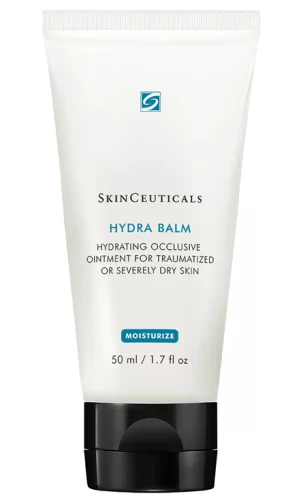
Elta MD Intense Moisturizer
Seriously, this moisturizer is formulated with only two ingredients: petrolatum, the most effective occlusive known, and paraffin, a derivative of petrolatum. By applying this occlusive moisturizer on damp skin daily, you lock in moisture for up to 12 hours. It’s an intensive treatment that works ideally to soothe inflamed, irritated, sunburned, flaky, or post-procedure skin. And on top of everything, Elta MD Intense Moisturizer lacks water, fragrances, alcohol, or anything that could disturb the protective barrier, it’s non-comedogenic and waterproof.
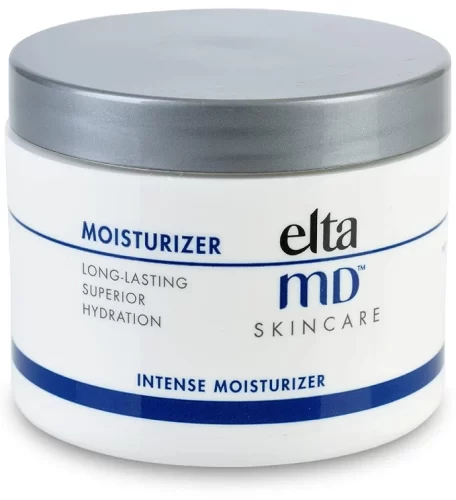
Paula’s Choice Calm Restoring Moisturizer
Paula’s Choice Calm Restoring Moisturizer uses three of the best-known occlusives, aka petrolatum, jojoba oil, and squalane, in addition to vitamin E and ceramide, wheat proteins, and sodium hyaluronate. They all work synergistically to relieve dryness, repair the barrier, and soften rough patches, while the antioxidants defend against free radical damage. It’s that moisturizer that even sensitive or rosacea-prone skin types can use without worrying about redness. Additionally, the cream aims to plump fine lines and wrinkles, ease irritation, and replenish moisture.
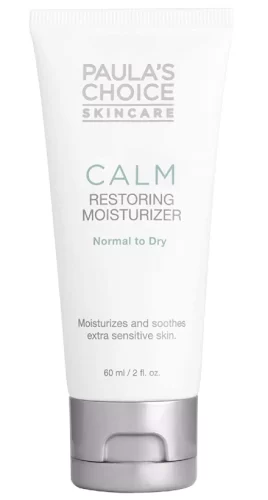
CeraVe Healing Ointment
Your thirsty skin will love CeraVe Healing Ointment. The formula boasts an impressive 46.5% petrolatum, which speaks volumes about its ability to lock in moisture. What’s more, it contains three types of ceramides that replenish the lipid barrier and speed up skin healing. With the added benefits of vitamin E and hyaluronic acid, the ointment provides even more hydration and soothing relief. It’s the ultimate choice for dry, cracked, and chafed skin, and those prone to breakouts will be happy to know it’s non-comedogenic. Moreover, if you often get redness after exfoliation or retinoids, keep this one close—true to its name, it does a hell of a job recovering the skin.
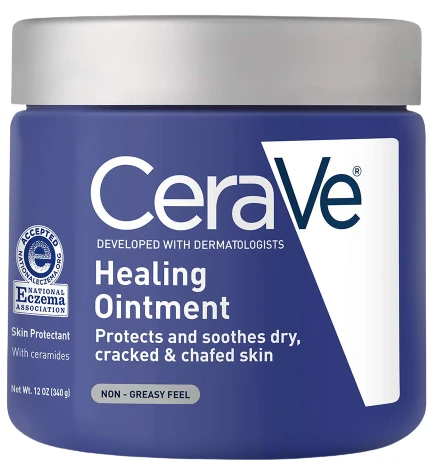
Josie Maran Whipped Argan Oil Face Butter
You already know that argan oil is an excellent occlusive. So does shea butter. Well, Josie Maran blends a generous amount of these skin saviors, as well as squalane, to give you one of the best occlusive moisturizers out there. Its texture is lightweight and doesn’t weigh down the skin. Aside from sealing moisture, it also feeds your complexion with nutrient-rich aloe juice, cucumber, and melon extracts. We’ve seen people choosing this over other products thanks to the natural formula.
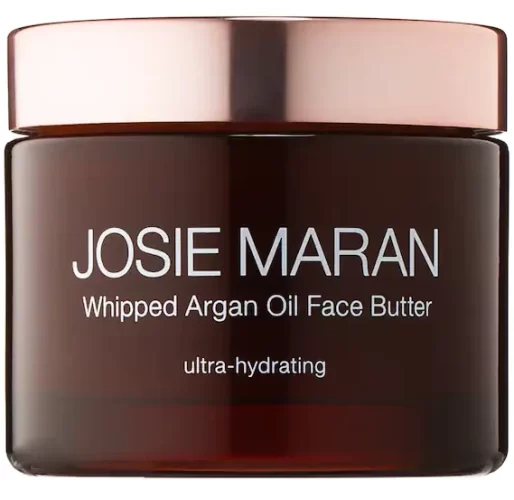
Biossance Squalane + Probiotic Gel Moisturizer
This could be the one if you’re looking for a lighter cream that never feels too thick or sticky, yet still seals everything in and gives skin a dewy glow. Biossance Squalane + Probiotic Gel Moisturizer sinks in within seconds, wrapping your complexion in a cocoon of moisture and leaving behind a velvety-soft face. Plus, it’s made with probiotics, ginger, and red seaweed to balance and calm the skin and reduce redness. Choose this one if you fancy organic skincare. It’s a good pick for oily skin prone to acne too.
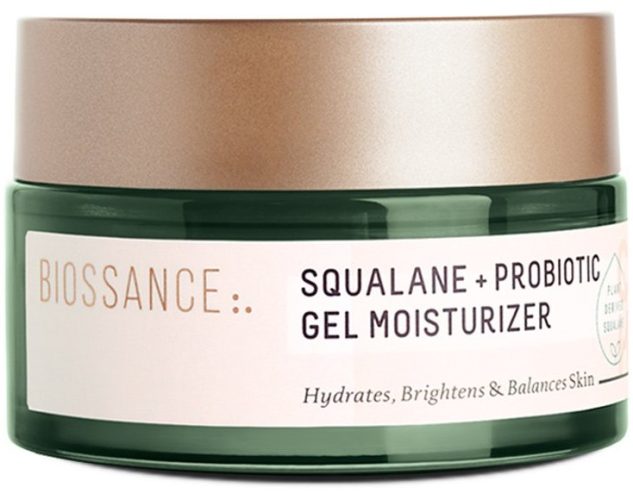
L’Occitane Ultra-Rich Comforting Cream
Made with 25% organic shea butter, this ultra-rich moisturizer creates an invisible film layer that leaves skin supple, soft, and defended against external damage. More than that, it features dimethicone, a lightweight occlusive that locks moisture in. Bonus points: it has protective and nourishing benefits thanks to a blend of skin-loving ingredients, including chestnut seed, sunflower seed oil, and vitamin E.
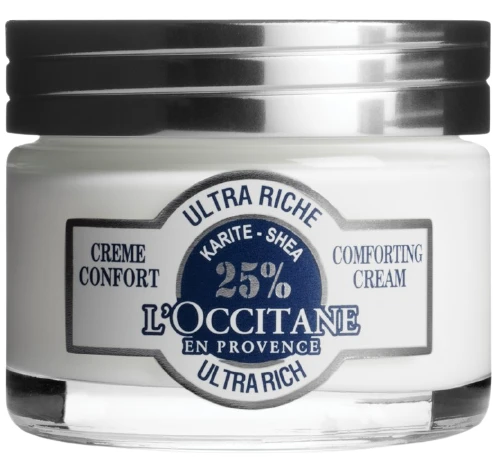
Farmacy Honey Halo Moisturizer
This moisturizer is enriched with two powerful occlusives, shea butter and royal jelly, along with ceramide (technically not occlusive but works like one) and honey, a natural humectant that draws water into the skin. Farmacy Honey Halo Moisturizer was created to replenish dry skin and plump fine lines look while bringing in hydration that lasts throughout the day. All in a clean, Planet-positive, and cruelty-free formula.
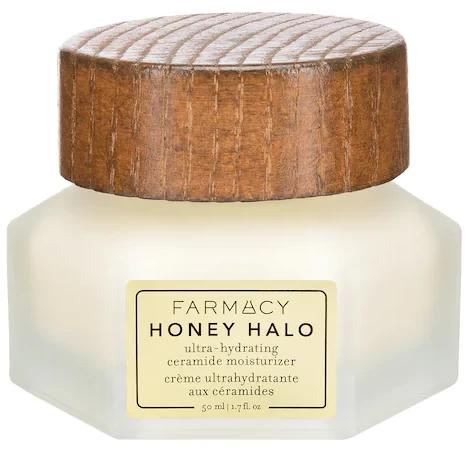
Uriage Thermal Water Rich Water Cream
The ingredient list in this cream is at least promising, starting with thermal water followed by shea butter, dimethicone, and squalane. In other words, it packs the best of the best occlusives. In addition to these moisture-sealing agents, there are meadowfoam seed oil, urea, and vitamin E, all known emollients that keep the complexion soft and supple. The formula is hypoallergenic and nourishes the skin into deeper layers for a moisturized appearance that lasts all day.

Vaseline Pure Petroleum Jelly
Vaseline, which is basically pure petrolatum, also doubles as a great occlusive moisturizer you can use from head to toe. It’s been found to hinder water loss by nearly 98%, so no wonder skincare junkies swear by it. It’s also the GOAT for slugging. It’s much cheaper than the rest products and goes a long way in relieving flaky, itchy, and cracked skin. Before slathering Vaseline, however, make sure to cleanse your face first and apply only a thin layer, or else you’ll end up feeling greasy. Also, use it on top of another water-based moisturizer and only at night.
